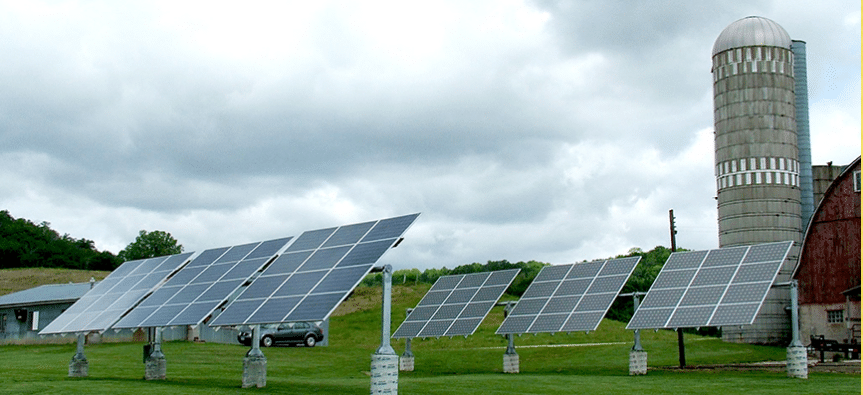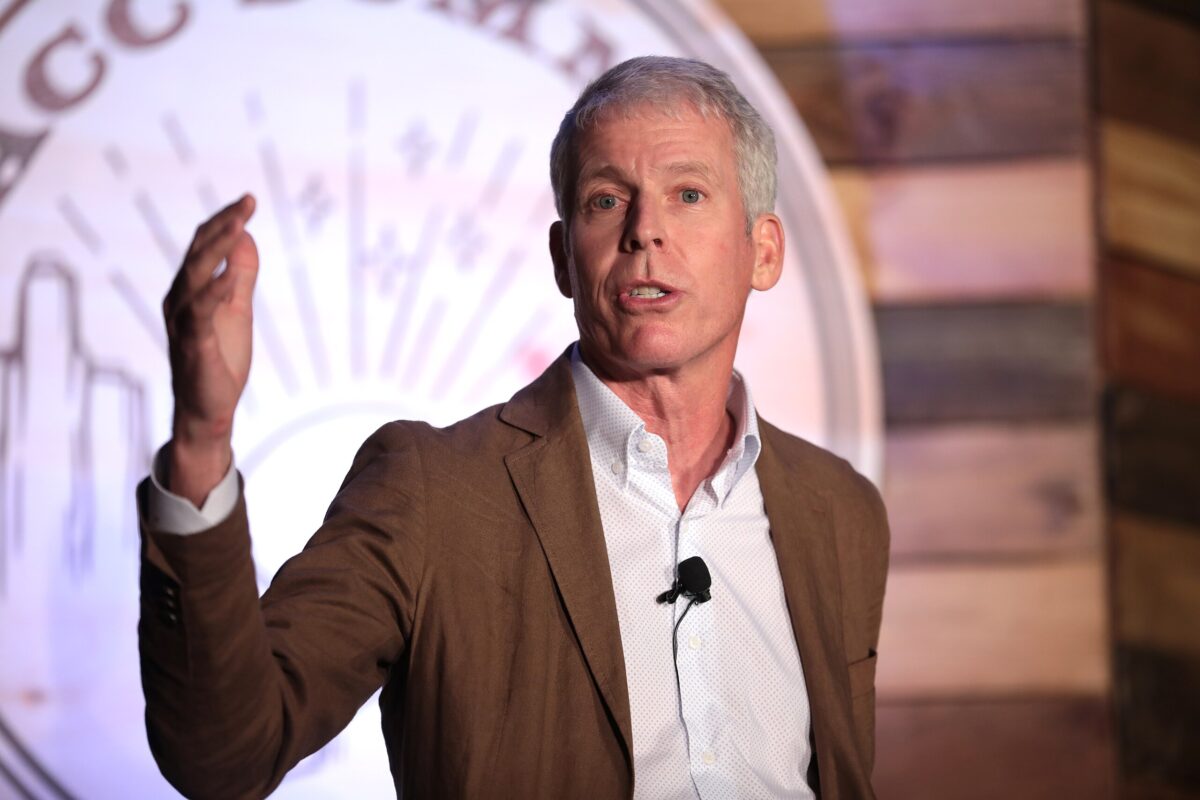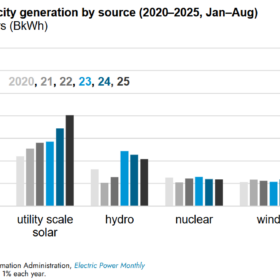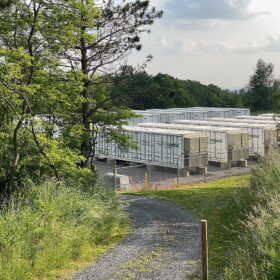This article originally posted at ilsr.org. For timely updates, follow John Farrell or Karlee Weinmann on Twitter or get the Energy Democracy weekly update. It is reposted here with permission.
By Karlee Weinmann
A federal policy enacted nearly 40 years ago has breathed life into an ongoing argument at the Minnesota Public Utilities Commission over utility opposition to a wind-solar hybrid project proposed in the rural city of Red Lake Falls.
The law, known as PURPA, was designed to promote local renewable generation by requiring utilities — even monopolies — to buy their electricity from qualified distributed and renewable facilities that can provide power at prices that roughly match the utilities’ “avoided cost” for electricity. But even after all this time, questions loom over exactly how to calculate that value. Utilities would like the number to be as low as possible, to deter competing power suppliers. Power producers, on the other hand, want to account for as many “avoided costs” as possible.
At issue is whether existing utility methodology fully reflects the avoided cost of distributed wind-solar hybrid projects like the one proposed for Red Lake Falls. Typically, the avoided cost calculation includes avoided energy (purchased or generated) and avoided capacity (to meet system demands). It infrequently includes avoided transmission costs, an opportunity for facilities like the Red Lake Falls project situated near substations, compared with far-flung traditional power plants.
Minnesota statute may exacerbate the problem by allowing the utility to use the cost of another renewable energy project as a proxy avoided cost, even if that project has very different benefits. For example, most renewable energy projects serving Otter Tail Power are wind only, providing little overlap with daytime peak energy use. But the Red Lake Falls project includes solar that, when combined with wind, will have a relatively high level of availability during peak demand hours. Valuing this benefit is a key role of the avoided cost methodology.
Ahead of a discussion at the Commission over how to proceed with the dispute, ILSR and several allies submitted a letter urging a more comprehensive, broader analysis. While Red Lake Falls provides an example of why it matters, clarifying the process for accurately calculating avoided cost would forge an easier path for similar projects to come online in the future. Without that kind of guidance, protracted proceedings between small-scale developers and deep-pocketed utilities–the project and utility have already been in negotiations for over a year–threaten to derail local energy growth.
The letter is included below, lightly edited for clarity. It builds on earlier comments from ILSR on the importance of addressing issues presented in the docket.
The Institute for Local Self-Reliance respectfully submits this letter in preparation for the April 6 hearing:
The Importance of Timely Resolution
Briefly, we would like to reiterate the importance of a timely complaint resolution process as noted in our comments filed February 10. Although there are many arguments to weigh in this case, the combination of a lengthy and unsuccessful negotiation with the utility and a lengthy dispute resolution process may, regardless of outcome, make it challenging for the Red Lake Falls (or subsequent) qualifying facilities to come to market. Long development timelines threaten the availability of project financing.
The Need for Investigation
Regardless of the Commission decision in resolving this complaint, we strongly support decision option #8 for setting up a separate investigation (per the Commission’s authority under 216B.17).
The importance of this investigation is underscored by the numerous other proceedings examining the changing and increasingly decentralized nature of the electricity system. The value of solar methodology (Docket No. 14-65) provided an alternative to net metering that more robustly accounts for the value of this particular distributed energy resource, and is now in use for community solar projects. The report by ICF International (Docket No. 15-556) on grid modernization notes that the grid will see increasing use of distributed energy resources and that a key element in designing the grid to meet this shift is pricing that accurately reflects locational and other attributes. The interconnection standards proceeding (Docket No. CI-16-521) is updating rules for the grid in recognition that more decentralized energy production is forthcoming.
Across all these proceedings, the Commission and utilities are adapting grid rules to accommodate cost-effective alternatives to traditional methods of supplying energy and capacity to electric customers. Distributed energy projects like the one proposed for Red Lake Falls will be increasingly effective in supplying low-cost electricity, providing peak power capacity, and — when interconnected near substations — avoiding transmission costs incurred by larger, traditional power plants. But the rules have not kept pace with the opportunity to deploy cost-effective electricity supply to Minnesota utilities.
The concern of Otter Tail Power (expressed in their comments filed February 10) is that Juhl Energy’s “proposed PPA rate exceeds Otter Tail’s avoided costs.” This sentiment mirrors concerns voiced by many Minnesota (and non-Minnesota) utilities about net metering and its relationship to the value of solar, which have been contested by solar energy producers. Minnesota has so far been a leader in addressing this issue head on, resolving the value dispute between producers, utilities, and customers by establishing a common methodology for calculating the value of solar.
In particular, the avoided cost methodology relies on a comparison to a “least cost renewable energy facility,” a generic comparison that overlooks the distinctly different operating characteristics and grid benefits of a wind/solar hybrid project like Red Lake Falls.
The Commission can address the larger question of fairness for utilities, producers, and customers by developing a common methodology for long-term estimates of utility avoided costs that accounts for the differing energy and capacity benefits of renewable energy technologies (or even their location-based avoided costs, such as transmission capacity). Like value of solar, such a methodology would provide consistency across different utility service territories, could reduce the need for individual dispute resolution processes, and facilitate more opportunities for utilities to integrate cost-effective renewable energy.
_____________________________________________
Karlee Weinmann is a research associate for ILSR’s Energy Democracy initiative. She produces reports that spotlight best practices and spur meaningful action in an evolving energy economy. Before joining ILSR, she worked as a journalist focused primarily on the intersection of policy, community and business.
This content is protected by copyright and may not be reused. If you want to cooperate with us and would like to reuse some of our content, please contact: editors@pv-magazine.com.








By submitting this form you agree to pv magazine using your data for the purposes of publishing your comment.
Your personal data will only be disclosed or otherwise transmitted to third parties for the purposes of spam filtering or if this is necessary for technical maintenance of the website. Any other transfer to third parties will not take place unless this is justified on the basis of applicable data protection regulations or if pv magazine is legally obliged to do so.
You may revoke this consent at any time with effect for the future, in which case your personal data will be deleted immediately. Otherwise, your data will be deleted if pv magazine has processed your request or the purpose of data storage is fulfilled.
Further information on data privacy can be found in our Data Protection Policy.